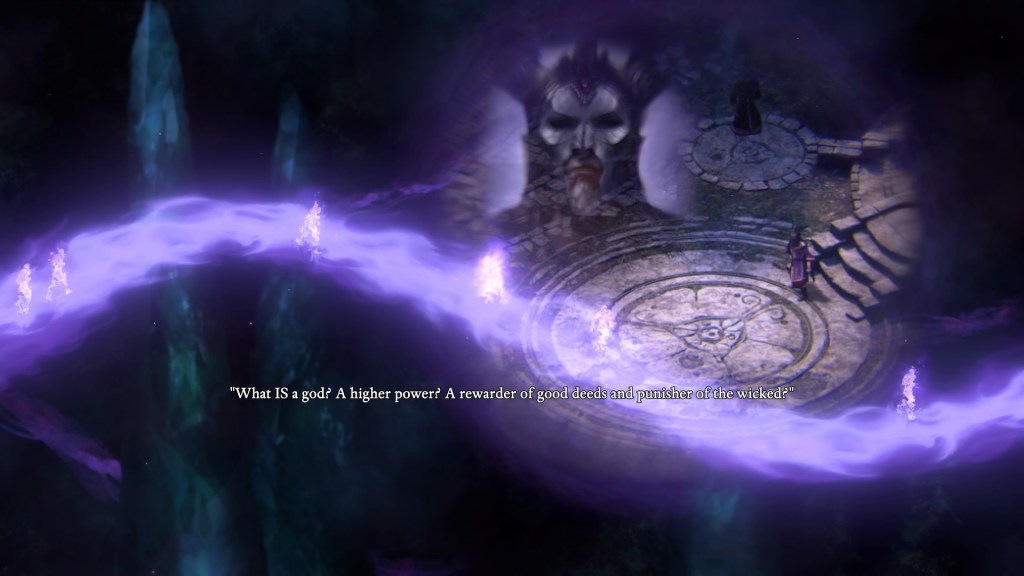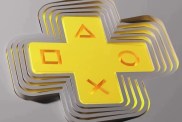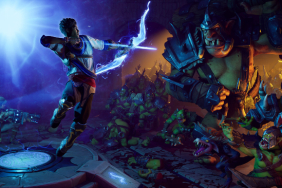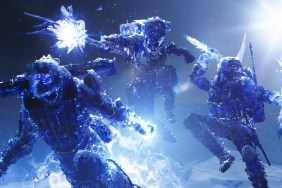What was old is back again, with vengeance! The Pillars of Eternity franchise has come a long way from its humble origins as a Kickstarter that was a mere glimmer in the eye of developers that missed the “real-time-with-pause” genre of RPGs. Taking cues from the likes of Baldur’s Gate and Icewind Dale, what was once proposed on a whim has now become a full-on resurgence, all while inspiring a later console port to boot. Pillars of Eternity II: Deadfire follows in these same footsteps, having laid siege to PC back in May of 2018, it’s now setting its sights on the console. Can this sequel manage to stand on its own as a towering success or will it end up lost in the wide shadow cast by its predecessor?
Cheating Death
Set in a world that’s seen five years pass since the events of the original installment, Pillars of Eternity II: Deadfire once again summons players to fill the role of “Watcher.” After nearly dying in events that preceded the start of the campaign, the character makes a deal with the God of Death, in order to be revived. As you might expect when striking a bargain with a deity, this comes with a few strings attached. In this case, the task is following Eothas, who also just so happens to be the God of Light, in order to determine what he’s up to back in the land of the living.
And so begins the adventure, spanning numerous islands and a wild, untamable ocean, infested with assloads of swashbuckling scumbags. Throughout the main storyline, players will get the opportunity to make new friends and reunite with plenty more, all while trying to get to the bottom of Eothas’ oddly erratic behaviors. His actions come in direct contact with each of the game’s core three factions, so this also becomes an opportunity to pick a side. Or you could always just choose to remain unaligned. That is all part of the beauty of the stellar writing because it never feels like it’s forcing the player down a single path. It’s easy to see why it was widely considered one of the best-written games of 2018.
RPGs have come a long way since the heyday of the “real-time-with-pause.” While I’ve heard the argument that the genre died out for good reason, personally, I always had a soft spot in my heart for these callbacks to PC gaming of yesteryear. I primarily mention PC because up until fairly recently, I wasn’t even entirely sure that the genre could work on console. Then along came two installments in the Pillars series, which made me completely change my tune.
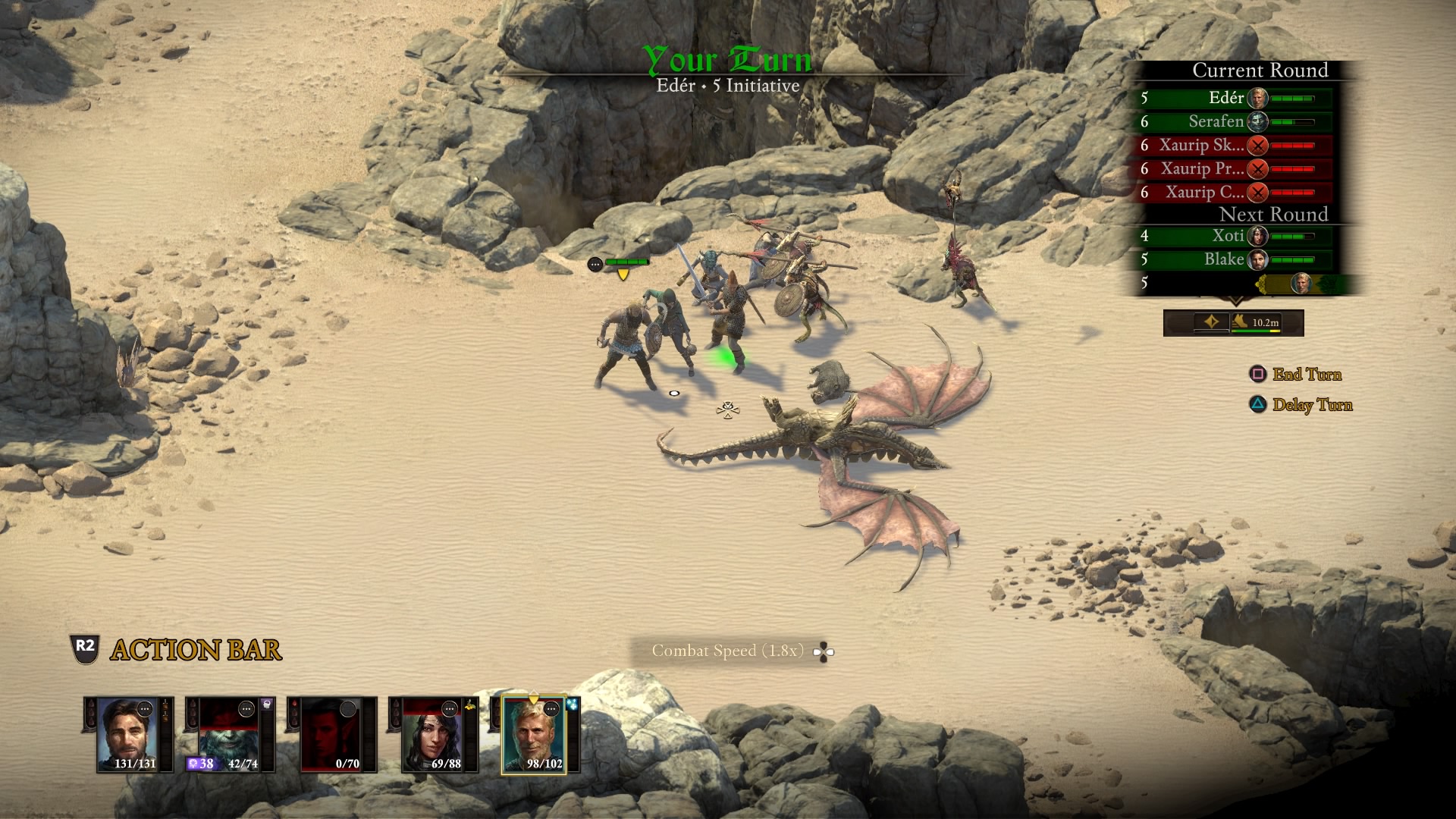
Pausing to Smell the Roses
The methodical mechanics inherently associated with this style of game is admittedly a bit of an acquired taste. If hadn’t grown up playing these micromanagement wet-dreams, it would likely be a hard sell. While most gameplay styles consider the consistent pacing of the action to be a core design tenant, this is a genre where the exact opposite is true. Oddly enough, the battle system is at its most rewarding when the player is interrupting the action at their every whim. It may sound like a bit of a paradox but stay with me on this. It makes sense… I promise.
When facing off against adversaries in real-time, every member of the party will conduct themselves in whatever manner they’ve been previously trained. Personally, I was all for having my characters with short-range weapons aggressively go on the offensive, while those with more distance-centric, precision weapons or magic powers hung back in a primarily support role. Once these core behaviors have been established, party members will fall into line when a battle starts and follow this plan unless instructed otherwise.
Pausing takes center stage when the true micromanagement comes into play. At any point in an encounter, the player has the ability to completely halt the action and either make tweaks to every individual’s tactics or force the execution of a special move from the unit’s arsenal. Once you’ve learned the quirks of each combatant and their specific strong suits in battle, the constant tweaking can transform from a tedious exercise into a more Zen-like experience. At his stage, where you can predict every combatant’s actions, is where the mechanics are ultimately at their most gratifying. It’s as if you’re expertly conducting a finely tuned orchestra of destruction.
If you aren’t interested in diving into an increasingly deep pool of gameplay systems, there’s a second option: turn-based combat. It should be noted that this method is a far more compromised experience than its more demanding counterpart. Most likely, this will resonate more with younger generations of gamers who didn’t grow up on the more complex RPGs of days past. Unfortunately, players are forced to decide between these two control configurations as their very first choice during the initial setup, with no context as to the steep difference in complexity. Further muddying the waters, once chosen, this selection cannot be changed without restarting the entire campaign from scratch. Protip: If you’re unsure which mode to use, it may be best to take a whack at playing the first hour twice, then determining what best compliments your specific playing style.
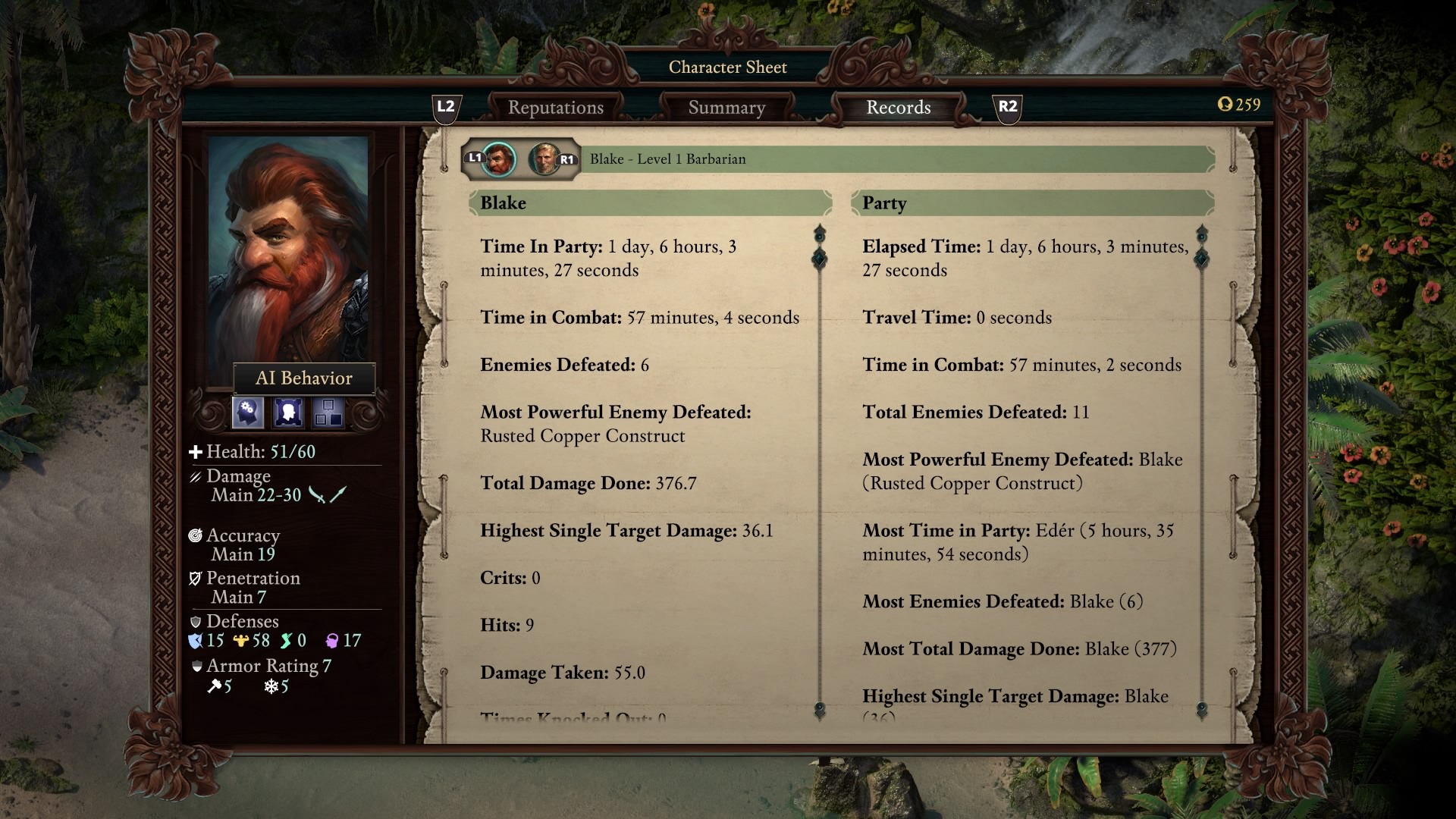
The Same… But Different
Once you’ve dived into the core game, it doesn’t take very long to come to the realization that this is most certainly a PC port. Everything from the controls to the core UI seems to be designed with a mouse and keyboard in mind. Navigating the countless levels of menus, customization tools, and interactive environmental objects feels far more foreign and, quite frankly, daunting from behind a DualShock. Maybe this is because I was primarily familiar with the franchise from PC, but despite it being completely functional, even after 40+ hours playing on PS4, the controls never truly felt “natural.”
Something else that felt highly unnatural was the sheer amount of time that is spent looking at loading screens. Every single change of scenery, whether it be a new city or just walking into an outhouse from the hub world, requires a prolonged period spent loading in assets. Even in a scenario where the stage being rendered is relatively small, you can expect to wait multiple minutes before exploration can continue. Fortunately, there is a quick-travel system that is unlocked once you’ve visited a given location, but even that doesn’t do much to curb these game-halting menaces. Realistically speaking, over the course of the campaign, I may have legitimately spent more than an hour idly standing by, champing at the bit to play more. When the rest of the game was so solid, these periods of inactivity were torturous.
So, for those keeping track at home, Pillars of Eternity II: Deadfire is an extremely authentic port of the PC experience that stays very close to the source material. It certainly doesn’t hurt matters much when you consider how legitimately stellar the writing is. If it weren’t for the unfriendly control scheme and obscene loading times, this could very well have been an early contender for best PS4 RPG of 2020. Regardless, it can still easily stand on its own as an extremely solid title that’s very much worth your attention.
Pillars of Eternity II: Deadfire review code provided by publisher. Reviewed on a launch PS4. For more information on scoring, please read our Review Policy.
-
Outstanding writing
-
Zen-like combat
-
Incredible depth to customization options
-
Load times are excessive and obnoxious
-
Gameplay doesn't translate well to DualShock
-
Could be difficult to follow the story if you skipped first game
